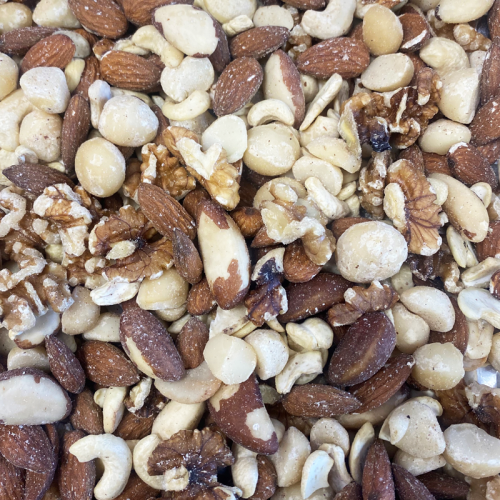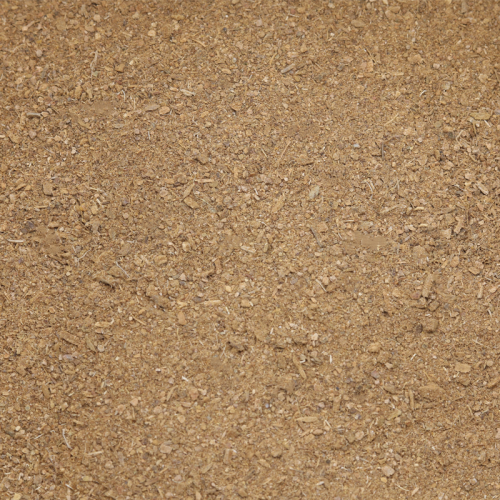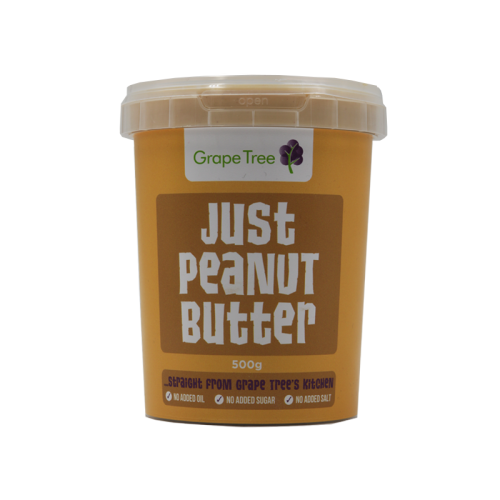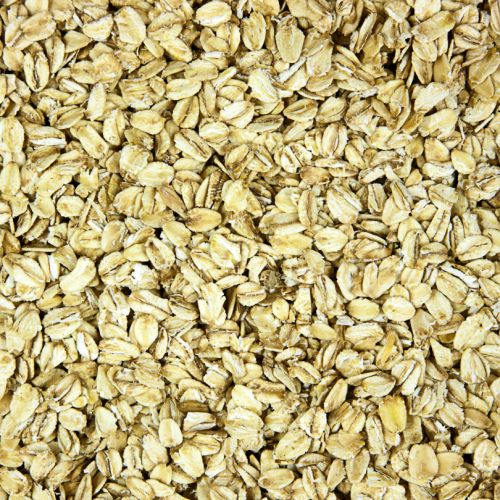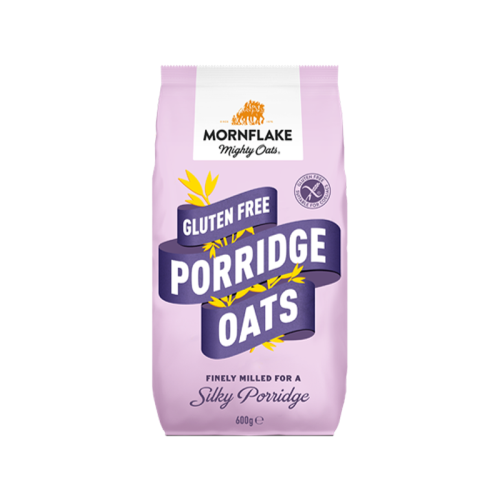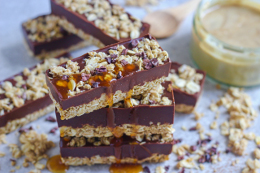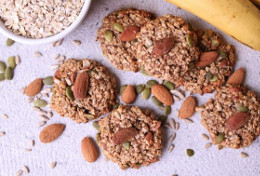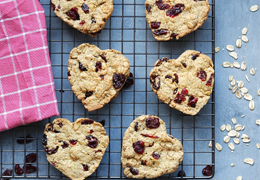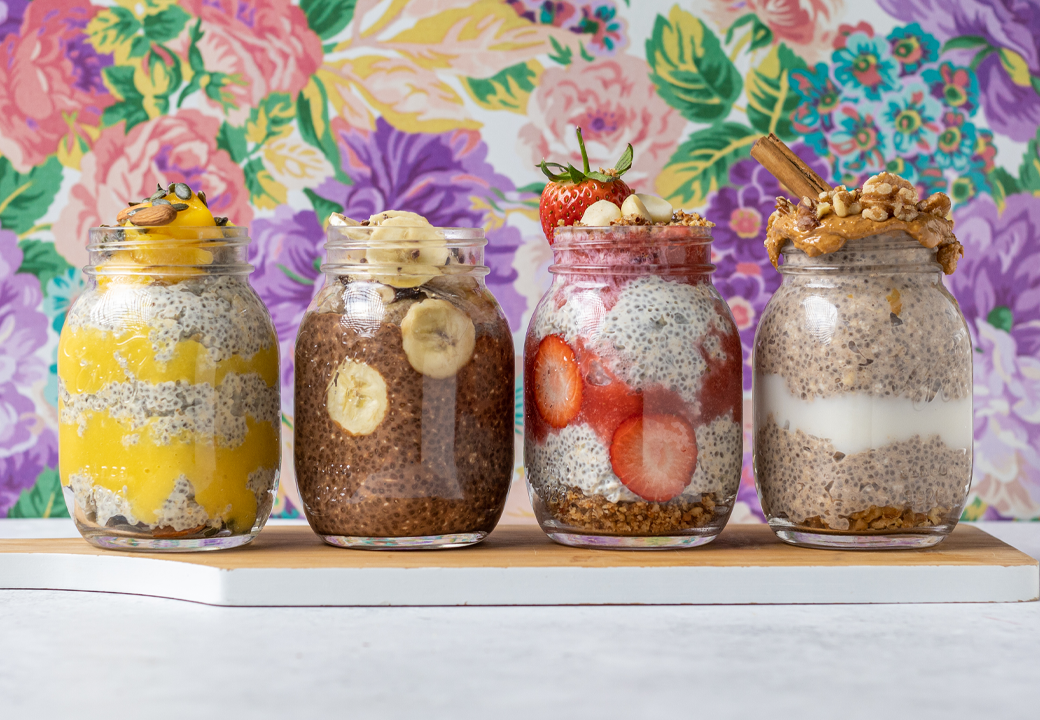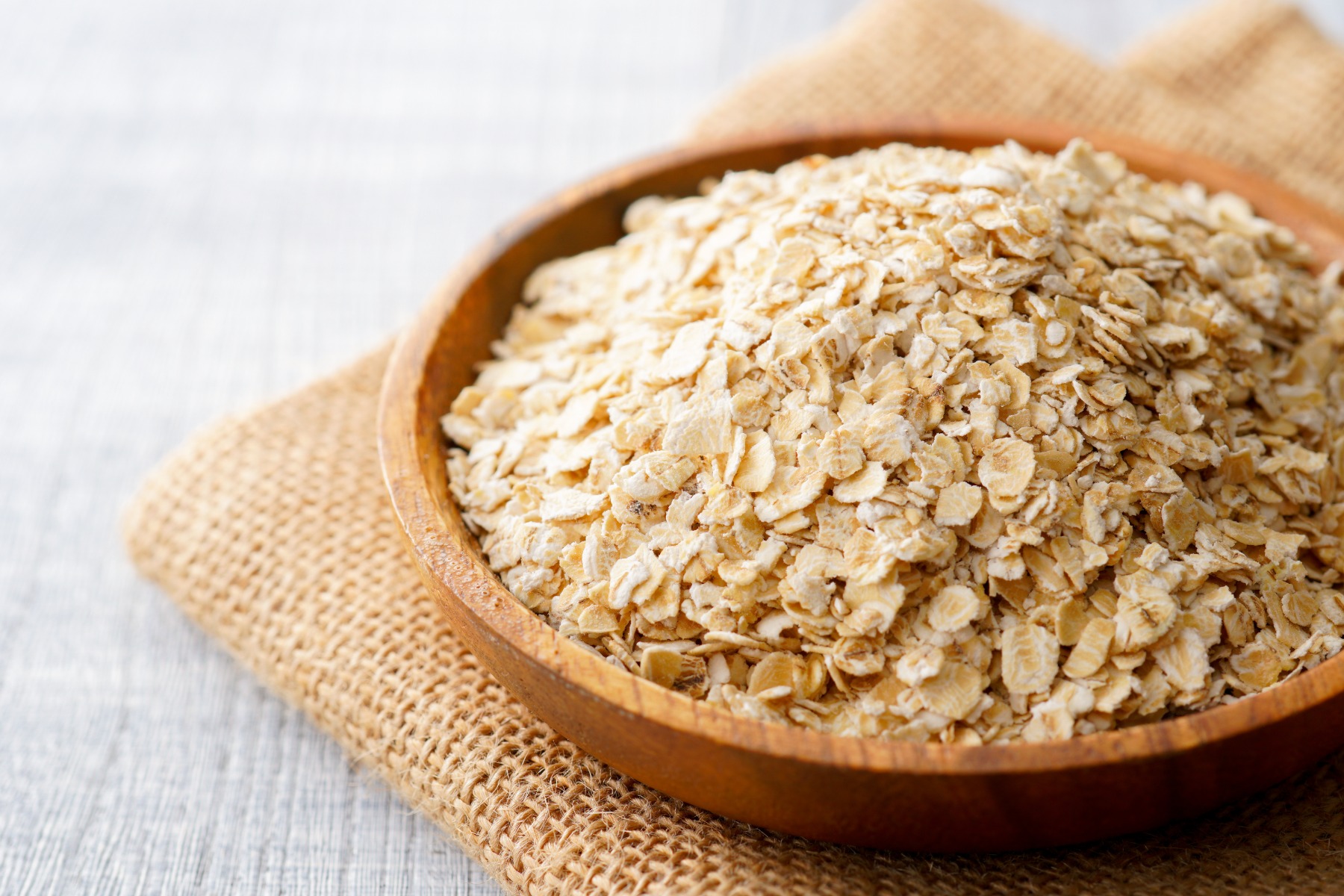
Versatile low-cost staple can take you through the day
There are many different types of oats on offer to bolster our diets but whichever you choose they all deliver wide-ranging health benefits.
Another plus is that they are a great low-cost, nutritious food and are incredibly versatile. If you think beyond your morning meal, oats can provide snacks, a base for baking and a great ingredient for meals.
So how much do you know about the humble oat? Here we share ten facts about the unassuming oat:
1. History
Early gatherers picked and ate oats. The oldest archaeological research shows oat grains dating from Ancient Egypt, meaning they could be 5,000 years old. The oldest cultivated oats were found closer to home, in caves in Switzerland and date from the Bronze Age. By the time of the mighty Roman Empire — around 100AD — oats were being cultivated but thought of as food for animals or for when there were no other alternatives. By the Middle Ages, in Scotland and Ireland, people routinely ate oats alongside rye and barley.
2. Oat Groats
All products made from oats start their life as oat groats. These are whole, toasted grains. It is only after this that the hull is removed leaving the nutritious bran, endosperm, and germ intact. While the bran remains unbroken, it takes longer to cook but gives added texture to dishes as the oats retain their shape. The more oat groats are processed, the easier they are to cook. With the exception of oat bran, all oats are whole grain.
3. Steel Cut Oatmeal
Taking 15 minutes to cook, these oat groats are cut by a sharp metal blade into two or four pieces. These are the least processed form of oats and can have a more nutty flavour and give good texture to any dish. Soaking and using them in porridge and home-baking makes steel cut oats a good choice for some dishes. - you can buy Mornflakes Steel Cut Oatmeal here
4. Stoneground Oatmeal
These are exactly as they sound, oats which have been ground into small, flat pieces. They can be cooked quicker than steel cut and are creamier when used as a porridge. More versatile than their steel cut cousin, the stoneground can be used as a coating for fish and meat and can bulk out stuffings and crumble toppings.
5. Rolled Oats
Also known as old-fashioned oats, these are softened oat groats. They are steamed and then flattened and rolled into flakes. After this amount of processing they readily absorb any liquid and cook much more quickly than stoneground or steel cut. Jumbo oats are simply bigger and may need soaking before use.
6. Oat Bran
This is not a whole grain but the outer layer of the oat groat. While it does not boast the same properties as other oat products this one does contain healthy doses of fibre and antioxidants. In particular, this is a great source of beta-glucan which is believed to lower the risk of heart disease.
7. Oat Milk
As the world looks for alternatives to dairy, oat milk is growing in popularity. Store-bought oat milk has often been fortified with iron, calcium, fibre and riboflavin. The good news is that it does not contain saturated fats and is often made from fibre-rich oats.
8. Gluten-Free Oats
A gluten-free diet is the only solution for those suffering from coeliac disease. Oats have been shown to enhance the nutritional content of gluten-free diets by increasing the amount of fibre intake. Coeliac sufferers must ensure that their oats have been certified gluten-free as there can be contamination during processing, which they must avoid.
9. Oat Flour
Oats can be used in baking. Rolled or stoneground oats can be ground into a fine powder which make it a fantastic thickening agent for cooking as well as increasingly being used in baking. Oat flour is easy to make at home and requires a food processor to grind the rolled oats into a powdery consistency.
10. Parkin
This is a traditional ginger cake which hails from the north of England and it is made from oatmeal and black treacle. Mostly associated with Yorkshire, it is also a great favourite in Lancashire. In some parts of the country, it is made as a moist, perhaps sticky, cake. In other areas it is more biscuity. Eaten on Guy Fawkes Night, parkin is also enjoyed throughout the winter months.
What's Inside:
Oats are high in minerals and vitamins. Phosphorus, copper, B vitamins, iron, zinc, selenium, manganese and magnesium all score highly in these tiny little pockets of good health. Studies repeatedly state that oats can assist with lowering cholesterol, can assist with feelings of fullness and, while being high in fibre, are ideal for adding to a weight loss plan.
Buy your Oats from Grape Tree:
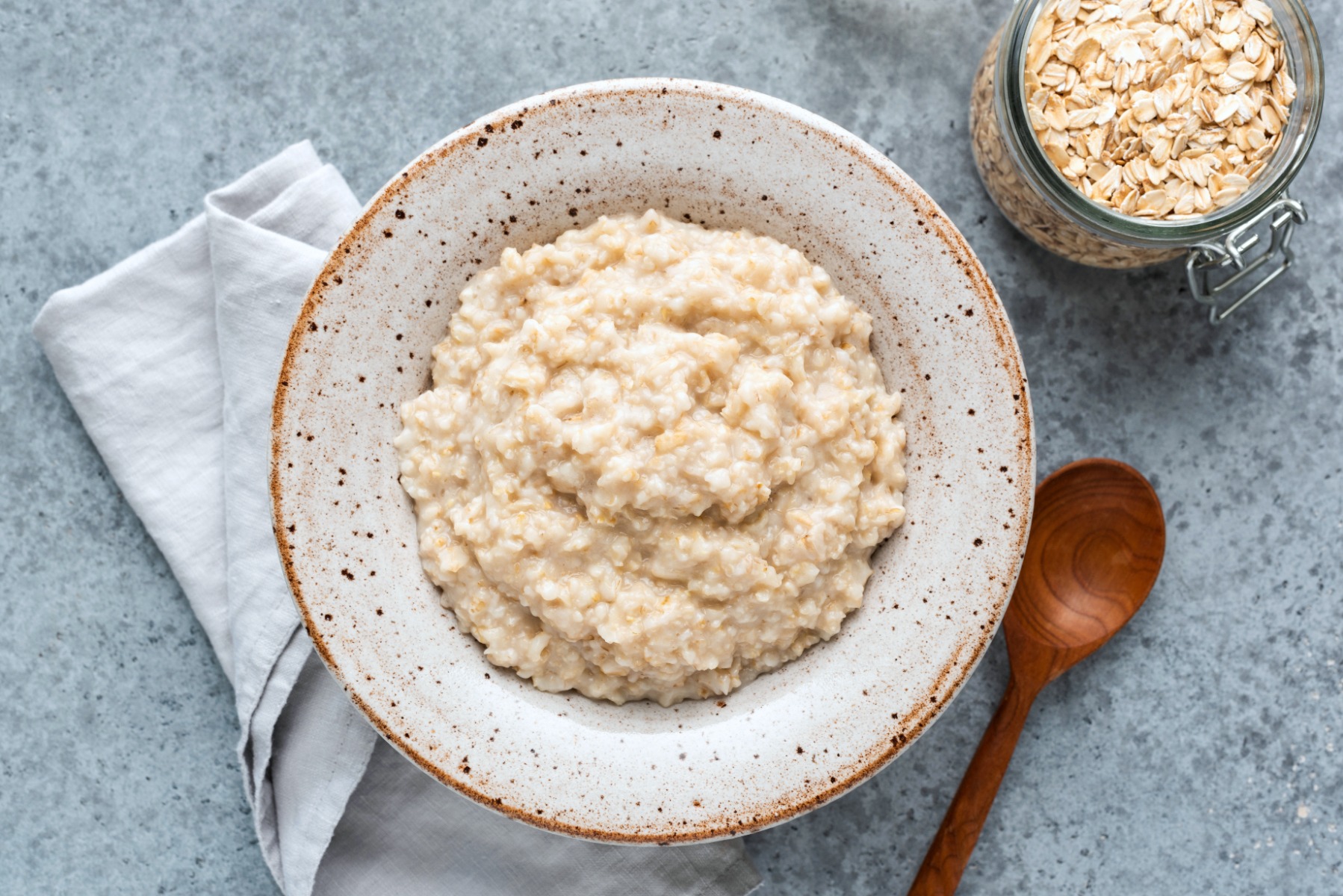
Photo Credit: "© [Vladislav Noseek] / Adobe Stock
